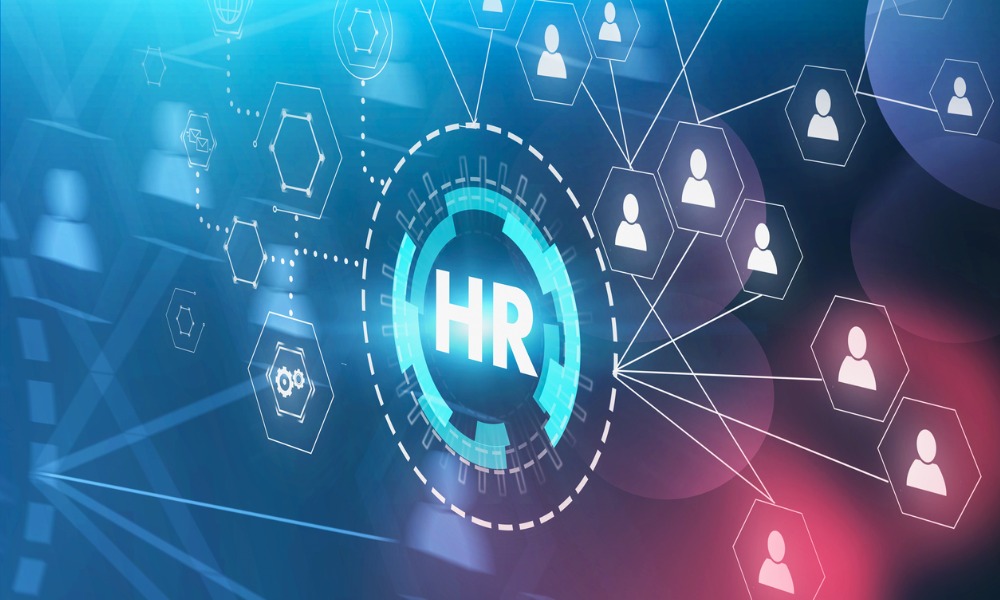
Despite efforts to make the transition back to the workplace safe and frictionless, HR leaders are facing setbacks

From face coverings and temperature scans, to office desk barriers and one-way corridors, companies are relying on physical measures to curb the spread of COVID-19 in the workplace.
But are these solutions enough?
Many are missing out on the benefits of using advanced HR software as part of their back-to-work strategy, a new survey suggests.
Only one in 10 businesses (11%) use technology to ensure a safe return to work, according to enterprise tech firm Appian, which polled HR professionals from large companies on their plans to reopen their workplace.
Read more: COVID-19: How to protect the most vulnerable workers
Despite efforts to make the transition safe and frictionless for employees, HR leaders are facing setbacks in their return to work, from having “incomplete and changing information” about the novel coronavirus, to a lack of coordination between government agencies in charge of reopening.
Given these challenges, however, a reliable HR software can provide leaders with the visibility they need amid the disruption and uncertainty, advised Matt Calkins, CEO of Appian.
“Software is essential for a safe return to the workplace,” Calkins said.
But most companies (97%) are skipping on new tech investments that “aid a safe return to work” – and some (89%) believe they do not need new software in their COVID-19 response strategy, the survey found.
Because of this lack of visibility, HR leaders are reportedly concerned about the following:
“When dealing with the health and well-being of hundreds or thousands of people, businesses need the speed that software delivers in tracking daily health updates, monitoring test results, identifying potential exposures, and conducting contact tracing,” Calkins said.
Read more: COVID-19: How to lead contact tracing at work
Most HR software solutions can easily check for health and other policy updates from government authorities, as well as monitor employee test results and worksite vulnerabilities.
Some options equipped with decision support features can even “rapidly track possible outbreaks and coordinate responses,” Appian said.
These tools can help businesses “tailor responses to their needs,” including monitoring at-risk employees, issuing guidance on quarantines and tests, and shutting down premises in case of an outbreak, the study found.